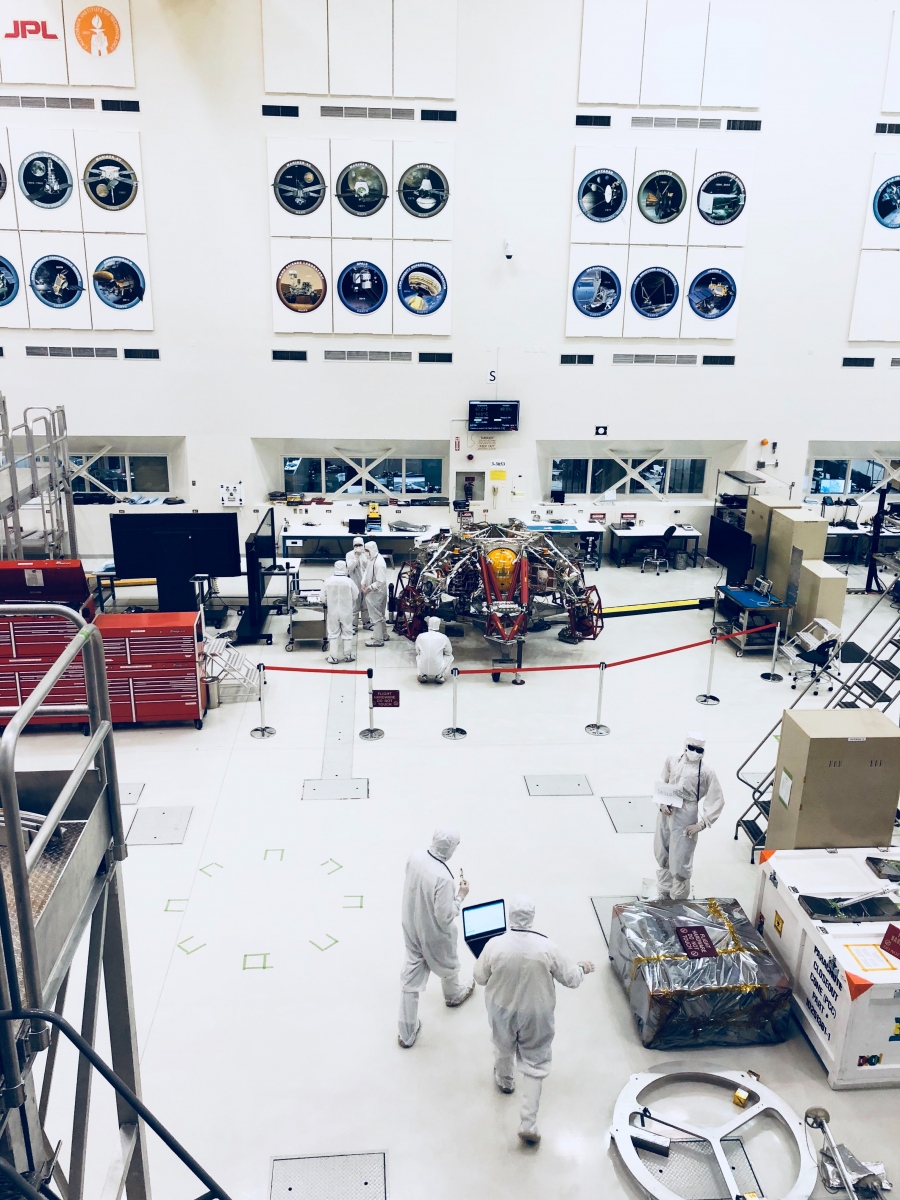The fastest rising technology as of right now is self-driving cars, which are projected to become the norm by 2050 because they are safer, more convenient, and more efficient than traditional cars.
Just in time for the summer, Nissan is releasing their highly anticipated results for their partnership with NASA in an effort to bring their customers the best possible experience in a self-driving car. Self-driving vehicles have already been deployed on the moon and other space bodies like mars, and through this partnership, space and earth vehicles are being updated. Automated vehicle technology has already proven to be so effective that most transportation companies have been investing in automated semi-trucks for delivering products to retailers for several years now. As this technology continues to become more affordable (and therefore accessible) to the general population, many people will start to wonder how they went without it.
Automated Partnerships
On January 9th, 2015, Nissan Moto Co’s North American-based headquarters, alongside representatives of NASA, announced a five-year plan to jointly research and deploy autonomous cars and trucks, vowing to get completely autonomous vehicles cruising down our freeways by 2020, with an additional resolution to get their self-driving cars and trucks on Japanese highways by 2016. Although the partnership did not completely accomplish their original goals, they were still able to get partially autonomous cars and trucks deployed, and because of their hard work, innovation has since exploded. Nissan is now able to offer more advanced features than ever before.
One of the best features to come out of this partnership is the development of Nissan’s new zero gravity seats. If you have a long commute to work, or maybe you find yourself often taking long road trips to visit loved ones or take a vacation, then zero gravity seats are going to be a must-have for your next car. Zero gravity seats are scientifically designed to reduce the aching muscle and spinal strain that naturally builds up on the body as you sit for extended periods of time, and they accomplish this with fourteen built-in pressure points that help properly align your spine the whole time you drive. In addition to this groundbreaking technology, other improvements that were implemented into the design includes the Nissan tires, body, and engine.
Nissan tires have also come a long way to complement the other technology in the vehicles. Built to handle road impact, wear, and typical road issues, their tires are long-lasting and often come with road hazard coverage and complimentary rotation.
Good things still to come
Despite NASA and Nissan not focusing on their partnership as much anymore, there are still plenty of good things to look forward to as other companies help with their own unique contributions. This partnership will also be used and expanded upon in the future, and will be changing vehicles on both space and earth.

